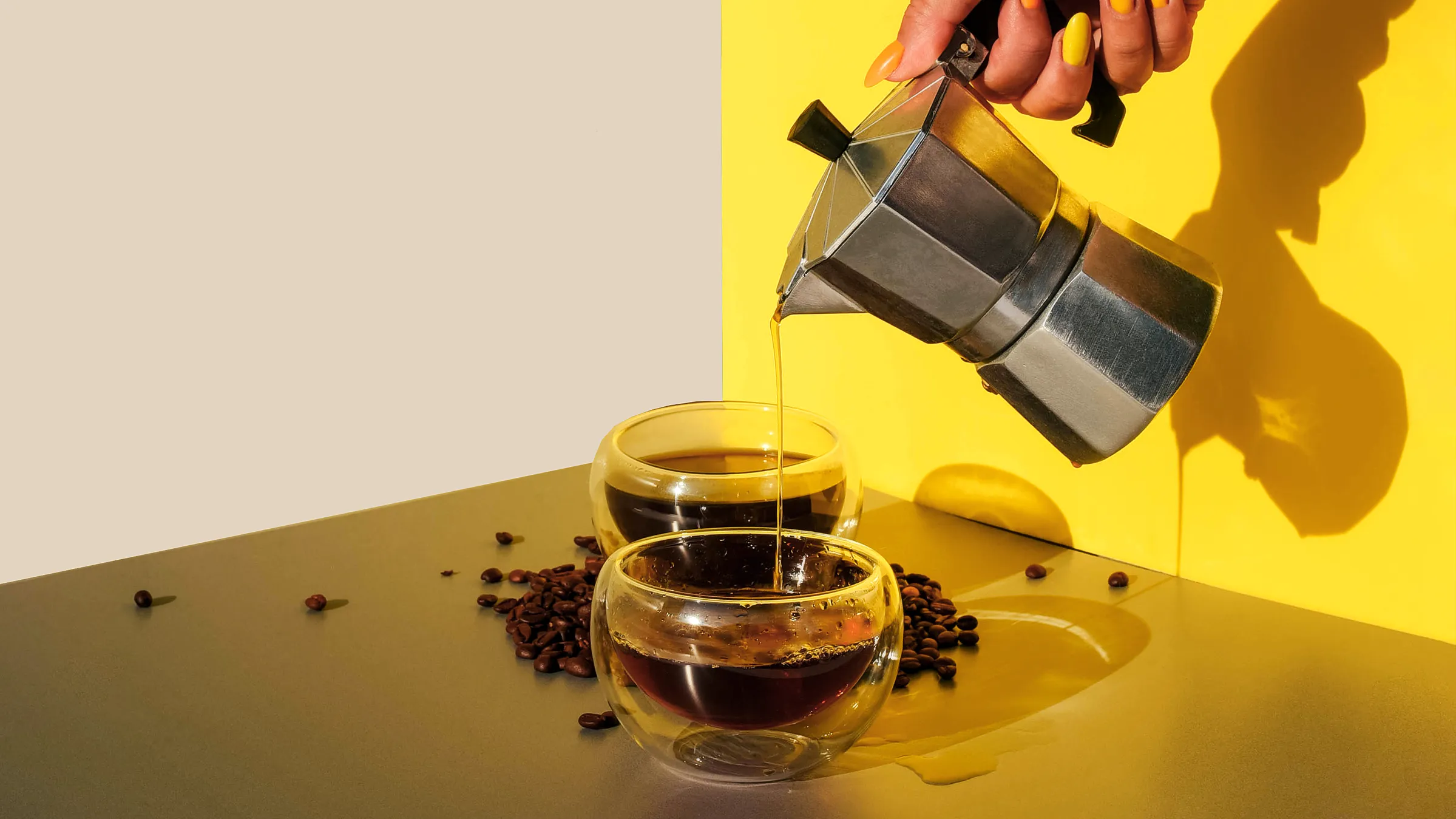
Coffee is more than just a drink; it is a global phenomenon that brings people together. From cozy cafes to bustling offices, the aroma of freshly brewed coffee has the power to awaken our senses and create moments of connection. With a history that spans centuries, coffee has become an integral part of many cultures and daily routines.
The Journey of Coffee
The journey of coffee begins in the lush, tropical regions known as the Coffee Belt, which stretches across countries like Brazil, Colombia, Ethiopia, and Vietnam. Coffee beans are the seeds of the cherries produced by the coffee plant. The process of transforming these beans into the delicious beverage we love involves several stages, from cultivation and harvesting to processing and roasting.
Legend has it that coffee was discovered by a goat herder named Kaldi in Ethiopia. He noticed that his goats became more energetic after eating the red berries from a particular bush. Curious, Kaldi tried the berries himself and soon experienced a rush of energy. This discovery eventually spread to the Arabian Peninsula, where coffee began to be cultivated and enjoyed in coffeehouses, known as qahveh khaneh.
Brewing Methods and Flavor Profiles
How we brew coffee greatly influences its flavor and character. There are numerous brewing methods, each producing a unique taste experience:
1、Drip Coffee: Common in many homes and offices, this method involves pouring hot water over coffee grounds in a filter, producing a clean and crisp cup.
2、Espresso: A staple in Italian coffee culture, espresso is made by forcing hot water through finely ground coffee. It serves as the base for many popular drinks like lattes, cappuccinos, and Americanos.
3、French Press: In this method, coarsely ground coffee is steeped in hot water before being separated by pressing down a metal or plastic plunger through a mesh sieve. The result is a rich and full-bodied brew.
4、Pour-Over: This manual method allows for greater control over the brewing process. Hot water is poured over coffee grounds in a filter, letting the coffee bloom and extract flavors more evenly.
Cold Brew: Made by steeping coffee grounds in cold water for an extended period, cold brew is known for its smooth and refreshing flavor with low acidity.
The Social Experience
Coffee has a unique ability to foster connections. Whether it's a quick coffee run with colleagues or a leisurely catch-up with friends at a café, coffee creates an environment for conversation and interaction. In many cultures, it is customary to welcome guests with a cup of coffee, symbolizing hospitality and warmth.
Coffee culture varies around the world. In Italy, grabbing a shot of espresso standing at the bar is a daily ritual, while in Turkey, coffee is often served with a side of sweet delight, accompanied by conversation that can last for hours.
The Future of Coffee
As awareness of sustainability grows, the coffee industry is evolving. Consumers are increasingly seeking ethically sourced beans, and many brands are adopting fair trade practices. With an eye on environmental impact, initiatives to promote organic farming and reduce waste are taking root in the industry.
Furthermore, specialty coffee shops are gaining popularity, celebrating single-origin beans and unique brewing methods. These establishments focus not just on coffee quality but also on the narrative behind each cup, enriching the coffee-drinking experience.
Conclusion
Coffee is much more than just a beverage; it is a rich tapestry of history, culture, and connection. From its origins in Ethiopian highlands to the coffee shops of today, it continues to spark joy, creativity, and companionship around the world. So, the next time you savor a cup of coffee, take a moment to appreciate the journey, the flavor, and the connections it creates — one sip at a time.
article by imageoss is licensed under CC BY-NC-ND 4.0